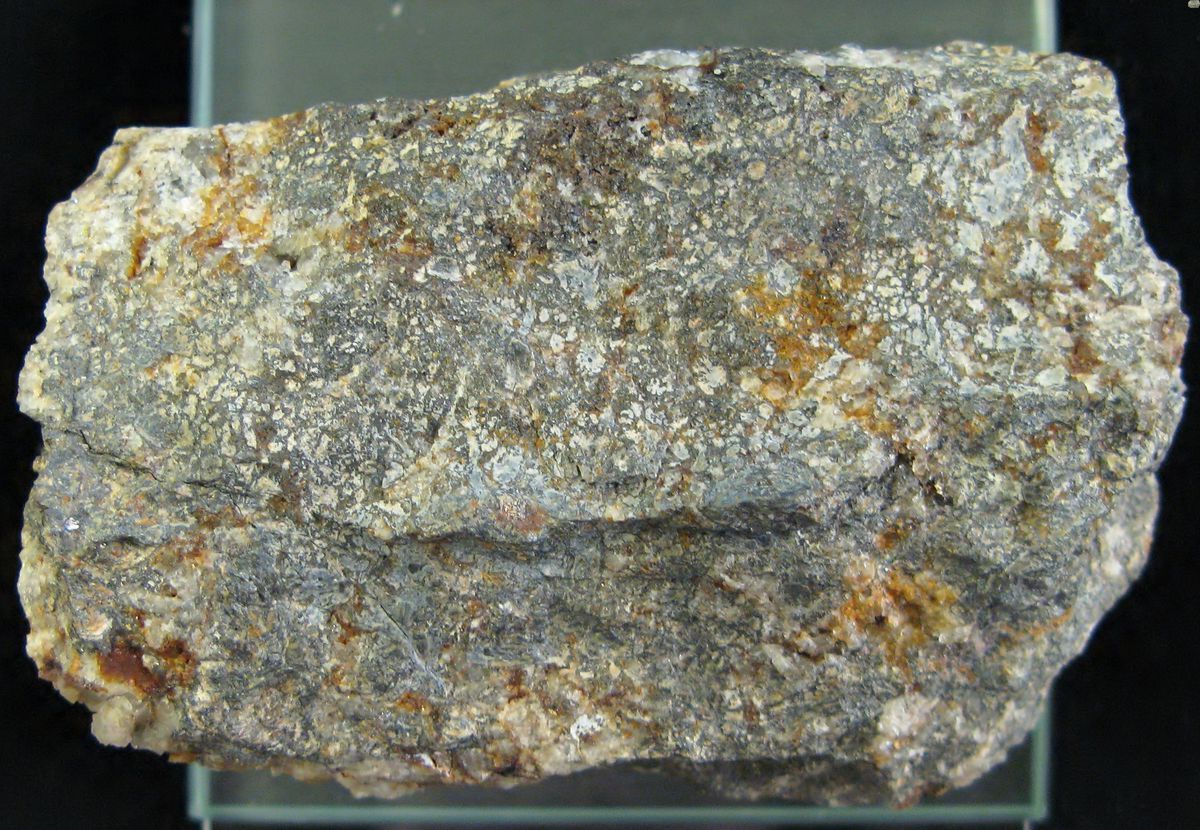
What is Coesite? Coesite is a unique form of silica, created under extremely high pressure. Found in meteorite impact sites and deep within the Earth's crust, it’s a testament to nature's incredible forces. Why is Coesite important? This mineral helps scientists understand geological processes and the history of our planet. Where can you find Coesite? It’s not something you stumble upon in your backyard. Coesite is typically located in places like impact craters or subduction zones. How is Coesite formed? When quartz is subjected to pressures over 30,000 times atmospheric pressure, it transforms into this rare mineral. Who discovered Coesite? Loring Coes Jr., an American chemist, first synthesized it in 1953. Why should you care? Coesite reveals secrets about Earth's violent past and the dynamic processes shaping our world.
Key Takeaways:
- Coesite is a rare mineral formed under extreme pressure, found in meteorite impact sites and deep within the Earth's mantle. Its unique properties offer valuable insights into Earth's history and potential applications in technology and industry.
- Coesite's presence in rocks provides evidence of past geological events, helps scientists understand the Earth's mantle, and offers potential applications in high-pressure experiments and the development of new materials.
What is Coesite?
Coesite is a fascinating mineral with a unique origin story. It forms under extreme pressure, typically found in meteorite impact sites or deep within the Earth's mantle. Here are some intriguing facts about this remarkable mineral.
-
Coesite is a high-pressure polymorph of silica (SiO2), meaning it has the same chemical composition as quartz but a different crystal structure.
-
It was first synthesized in a laboratory by chemist Loring Coes Jr. in 1953, hence the name "coesite."
-
Natural coesite was discovered in 1960 at Meteor Crater in Arizona, confirming its existence outside the lab.
-
Coesite forms at pressures above 2.5 gigapascals (GPa), which is about 25,000 times atmospheric pressure.
-
It is often found in impact craters, where meteorites have struck the Earth with immense force.
-
Coesite can also form deep within the Earth's mantle, where high pressures and temperatures prevail.
-
It has a monoclinic crystal system, which means its crystal lattice is shaped like a skewed rectangle.
-
Coesite is transparent to translucent, with a vitreous (glassy) luster.
-
It has a Mohs hardness of 7.5, making it harder than quartz but softer than topaz.
-
Coesite's density is about 3.01 grams per cubic centimeter, higher than that of quartz.
Coesite in Nature
Coesite's natural occurrence is rare and usually linked to extraordinary geological events. Let's delve into some fascinating facts about its natural presence.
-
Coesite has been found in the Ries Crater in Germany, a site of a massive meteorite impact.
-
It is also present in the Chicxulub Crater in Mexico, associated with the dinosaur extinction event.
-
Coesite has been discovered in the rocks of the Alps, formed during the collision of the African and European tectonic plates.
-
It is often found alongside other high-pressure minerals like stishovite and diamond.
-
Coesite can be used as an indicator of past impact events, helping geologists understand Earth's history.
-
It has been identified in the rocks of the Dabie Mountains in China, formed during the subduction of oceanic crust.
-
Coesite has been found in kimberlite pipes, which are volcanic structures that can also contain diamonds.
-
It is sometimes present in eclogite, a high-pressure metamorphic rock.
-
Coesite can be found in the Ural Mountains, formed during the collision of ancient continental plates.
-
It has been discovered in the shocked quartz of the Vredefort Crater in South Africa, one of the largest impact structures on Earth.
Coesite's Scientific Significance
Coesite plays a crucial role in scientific research, offering insights into geological processes and the history of our planet. Here are some key facts about its scientific importance.
-
Coesite helps scientists study the conditions of the Earth's mantle, where it forms under extreme pressure.
-
It provides evidence of past meteorite impacts, which have shaped the Earth's surface over billions of years.
-
Coesite's presence in rocks can indicate the depth and pressure conditions during their formation.
-
It is used to study the processes of plate tectonics and continental collision.
-
Coesite's formation can help scientists understand the behavior of silica under high-pressure conditions.
-
It is a valuable tool for studying the history of mountain-building events.
-
Coesite can be used to trace the movement of tectonic plates over geological time.
-
It helps researchers understand the conditions that lead to the formation of diamonds.
-
Coesite's unique properties make it useful in experimental petrology, the study of rocks under controlled conditions.
-
It provides insights into the processes that occur during subduction, where oceanic crust is pushed deep into the Earth's mantle.
Coesite in Technology and Industry
While coesite is primarily of scientific interest, it also has potential applications in technology and industry. Here are some intriguing facts about its uses.
-
Coesite's hardness and stability make it a potential material for high-pressure experiments.
-
It can be used to create synthetic gemstones with unique properties.
-
Coesite's high-pressure formation conditions make it a model for studying materials under extreme conditions.
-
It has potential applications in the development of new materials for industrial use.
-
Coesite's unique crystal structure could inspire the design of advanced materials with specific properties.
-
It can be used in the study of shock metamorphism, the process by which rocks are transformed by high-pressure impacts.
-
Coesite's formation conditions are similar to those required for the synthesis of certain advanced ceramics.
-
It can be used to study the behavior of other minerals under high-pressure conditions.
-
Coesite's properties make it a useful reference material in high-pressure research.
-
It has potential applications in the development of new technologies for exploring extreme environments, such as deep-sea or space exploration.
The Final Word on Coesite
Coesite, a high-pressure form of silica, offers fascinating insights into geological processes. Found in meteorite impact sites and deep within Earth's crust, it tells stories of extreme conditions. Its discovery in the 1960s revolutionized our understanding of impact craters and high-pressure mineral formation.
This mineral's unique properties make it valuable for scientific research, particularly in studying Earth's history and the dynamics of planetary impacts. Coesite's presence in certain rocks can indicate past high-pressure events, providing clues about geological transformations over millions of years.
Understanding coesite helps scientists piece together Earth's complex history. It serves as a reminder of the powerful forces shaping our planet. Whether you're a geology enthusiast or just curious about Earth's mysteries, coesite offers a glimpse into the incredible processes at work beneath our feet. Keep exploring, and who knows what other secrets you'll uncover!
Frequently Asked Questions
Was this page helpful?
Our commitment to delivering trustworthy and engaging content is at the heart of what we do. Each fact on our site is contributed by real users like you, bringing a wealth of diverse insights and information. To ensure the highest standards of accuracy and reliability, our dedicated editors meticulously review each submission. This process guarantees that the facts we share are not only fascinating but also credible. Trust in our commitment to quality and authenticity as you explore and learn with us.


